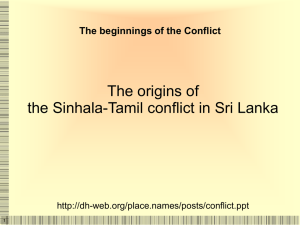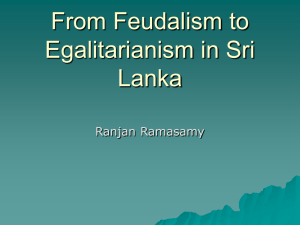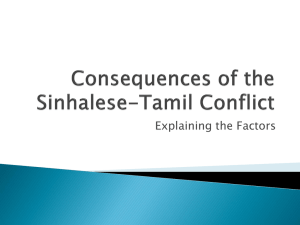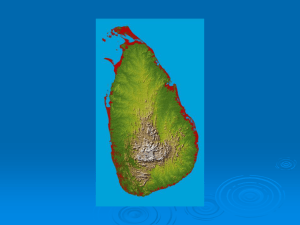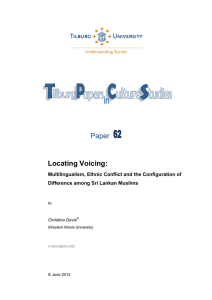File
advertisement
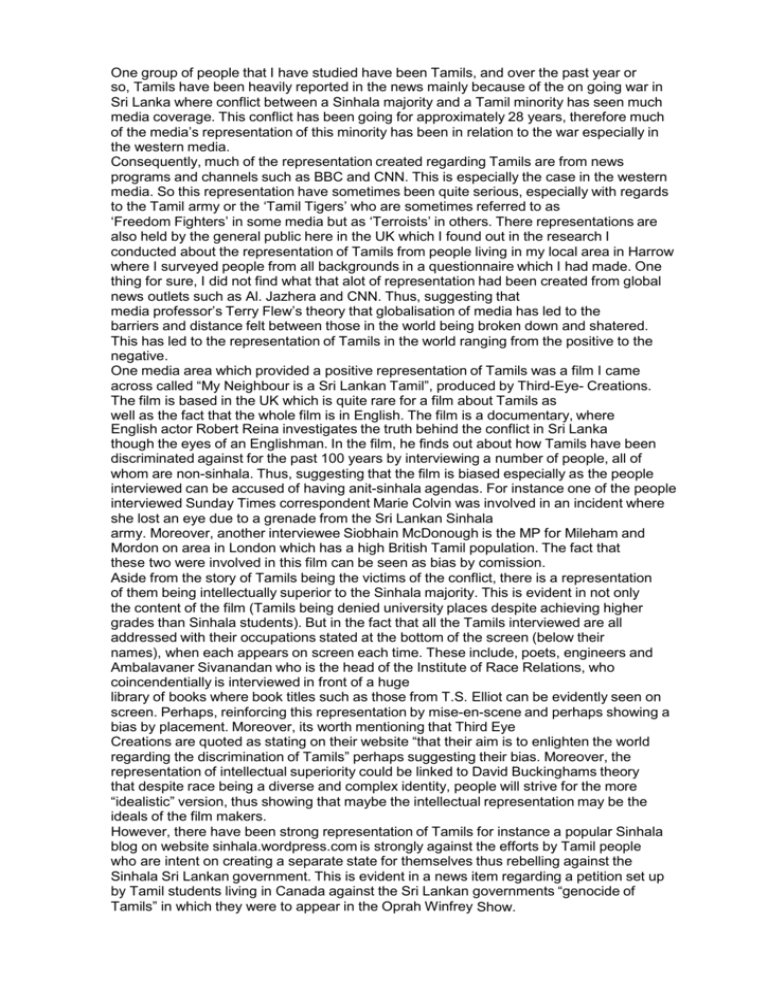
One group of people that I have studied have been Tamils, and over the past year or so, Tamils have been heavily reported in the news mainly because of the on going war in Sri Lanka where conflict between a Sinhala majority and a Tamil minority has seen much media coverage. This conflict has been going for approximately 28 years, therefore much of the media’s representation of this minority has been in relation to the war especially in the western media. Consequently, much of the representation created regarding Tamils are from news programs and channels such as BBC and CNN. This is especially the case in the western media. So this representation have sometimes been quite serious, especially with regards to the Tamil army or the ‘Tamil Tigers’ who are sometimes referred to as ‘Freedom Fighters’ in some media but as ‘Terroists’ in others. There representations are also held by the general public here in the UK which I found out in the research I conducted about the representation of Tamils from people living in my local area in Harrow where I surveyed people from all backgrounds in a questionnaire which I had made. One thing for sure, I did not find what that alot of representation had been created from global news outlets such as Al. Jazhera and CNN. Thus, suggesting that media professor’s Terry Flew’s theory that globalisation of media has led to the barriers and distance felt between those in the world being broken down and shatered. This has led to the representation of Tamils in the world ranging from the positive to the negative. One media area which provided a positive representation of Tamils was a film I came across called “My Neighbour is a Sri Lankan Tamil”, produced by Third-Eye- Creations. The film is based in the UK which is quite rare for a film about Tamils as well as the fact that the whole film is in English. The film is a documentary, where English actor Robert Reina investigates the truth behind the conflict in Sri Lanka though the eyes of an Englishman. In the film, he finds out about how Tamils have been discriminated against for the past 100 years by interviewing a number of people, all of whom are non-sinhala. Thus, suggesting that the film is biased especially as the people interviewed can be accused of having anit-sinhala agendas. For instance one of the people interviewed Sunday Times correspondent Marie Colvin was involved in an incident where she lost an eye due to a grenade from the Sri Lankan Sinhala army. Moreover, another interviewee Siobhain McDonough is the MP for Mileham and Mordon on area in London which has a high British Tamil population. The fact that these two were involved in this film can be seen as bias by comission. Aside from the story of Tamils being the victims of the conflict, there is a representation of them being intellectually superior to the Sinhala majority. This is evident in not only the content of the film (Tamils being denied university places despite achieving higher grades than Sinhala students). But in the fact that all the Tamils interviewed are all addressed with their occupations stated at the bottom of the screen (below their names), when each appears on screen each time. These include, poets, engineers and Ambalavaner Sivanandan who is the head of the Institute of Race Relations, who coincendentially is interviewed in front of a huge library of books where book titles such as those from T.S. Elliot can be evidently seen on screen. Perhaps, reinforcing this representation by mise-en-scene and perhaps showing a bias by placement. Moreover, its worth mentioning that Third Eye Creations are quoted as stating on their website “that their aim is to enlighten the world regarding the discrimination of Tamils” perhaps suggesting their bias. Moreover, the representation of intellectual superiority could be linked to David Buckinghams theory that despite race being a diverse and complex identity, people will strive for the more “idealistic” version, thus showing that maybe the intellectual representation may be the ideals of the film makers. However, there have been strong representation of Tamils for instance a popular Sinhala blog on website sinhala.wordpress.com is strongly against the efforts by Tamil people who are intent on creating a separate state for themselves thus rebelling against the Sinhala Sri Lankan government. This is evident in a news item regarding a petition set up by Tamil students living in Canada against the Sri Lankan governments “genocide of Tamils” in which they were to appear in the Oprah Winfrey Show. In an article, headlined a letter to Ms. Winfrey dated at the the 12th April 2009, the blog suggests that the Tamils are not actually students thies maybe arguing against the common representation that Tamils are on the whole quite intellectual, despite not showing original sources showing they are not students. Moreover, the article goes on to describe the Tamil Tigers as a “brutal terrorist group.” The article shows heavy bias by commission, placement (on the side of the article, Tamils are taged along with mass murders and terrorism) and bias by selection of sources (there are no sources) The article seems to be more of an news article therefore cannot be seen as being biased but the website seems to suggest that it’s a news article therefore making it heavily biased against Tamils. This adds to the and highlights the negative representation of Tamils created and held by large amonts of people in the global media.
